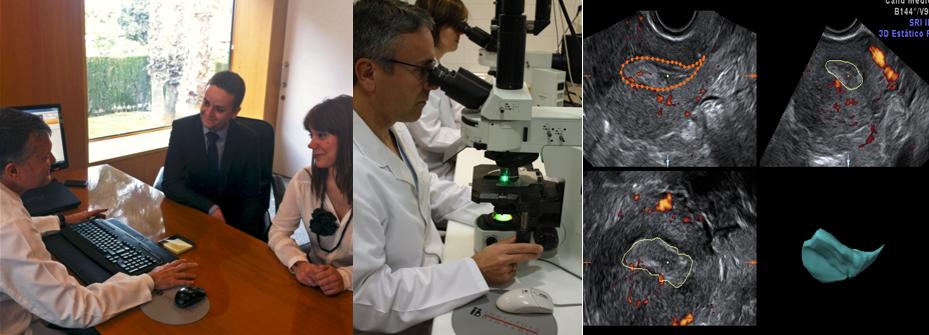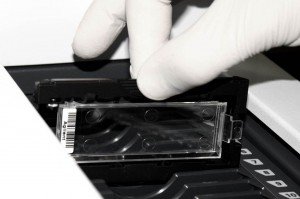
The contribution of array CGH towards treating patients with recurrent implantation failure (RIF)
Couples who do not get pregnant following in vitro fertilisation treatment and couples who experience pregnancy loss during the early stages of pregnancy, require interdisciplinary guidance in order to diagnose and treat their particular reproductive issue.
From a genetic point of view, patients of this kind are more likely to generate embryos with chromosome abnormalities. Pre-implantation genetic diagnosis (PGD) can be used to improve the outcome for these couples. The aim, in these cases, is to select the embryos with the greatest ability to lead to a full-term pregnancy since PGD means that the number of chromosomes in the embryo can be identified. Only embryos with the correct number of chromosomes can lead to the birth of a healthy child. All others end in embryo arrest or pregnancy loss.
Up until now, the most commonly used PGD technique for chromosome abnormalities has been FISH (fluorescence in situ hybridisation), a technique that facilitates analysis of certain chromosomes. However, FISH has a significant technical limitation since only 9 out the 23 different chromosomes in human beings can be analysed. As a result, some abnormal embryos are incorrectly diagnosed as normal and this is the main reason why, so far, PGD has not provided the expected results.
However, over the last few years, a technique that can analyse all the chromosomes in an embryo cell has been developed: array CGH (comparative genomic hybridisation on DNA samples). With this technique, any change in the number of all the chromosomes in the embryo can be detected. Therefore, in contrast to FISH, increases or losses in any chromosome can be analysed. Nowadays, we refer to Comprehensive Chromosome Screening (PGS/PGT-A/CCS).
Research published recently in leading fertility journals suggests that the use of PGS/PGT-A/CCS in RIF patients could increase birth rates up to 70%. With this ground-breaking technique, most of the chromosome abnormalities that have a fatal impac t on embryo development can be detected.
t on embryo development can be detected.
Therefore, array CGH means that we can now carry out CCS. It is a very promising tool in terms of diagnosis since it can facilitate detection of any type of numerical chromosome abnormality in RIF couples.
Instituto Bernabeu has this innovative technology at its clinics and provides patients who may benefit from the advantages of CCS with a new service. The aim is to maximise the chances of a healthy child being born.
Dr Belén Lledó, Scientific Director at IBBIOTECH, part of the Instituto Bernabeu group.
